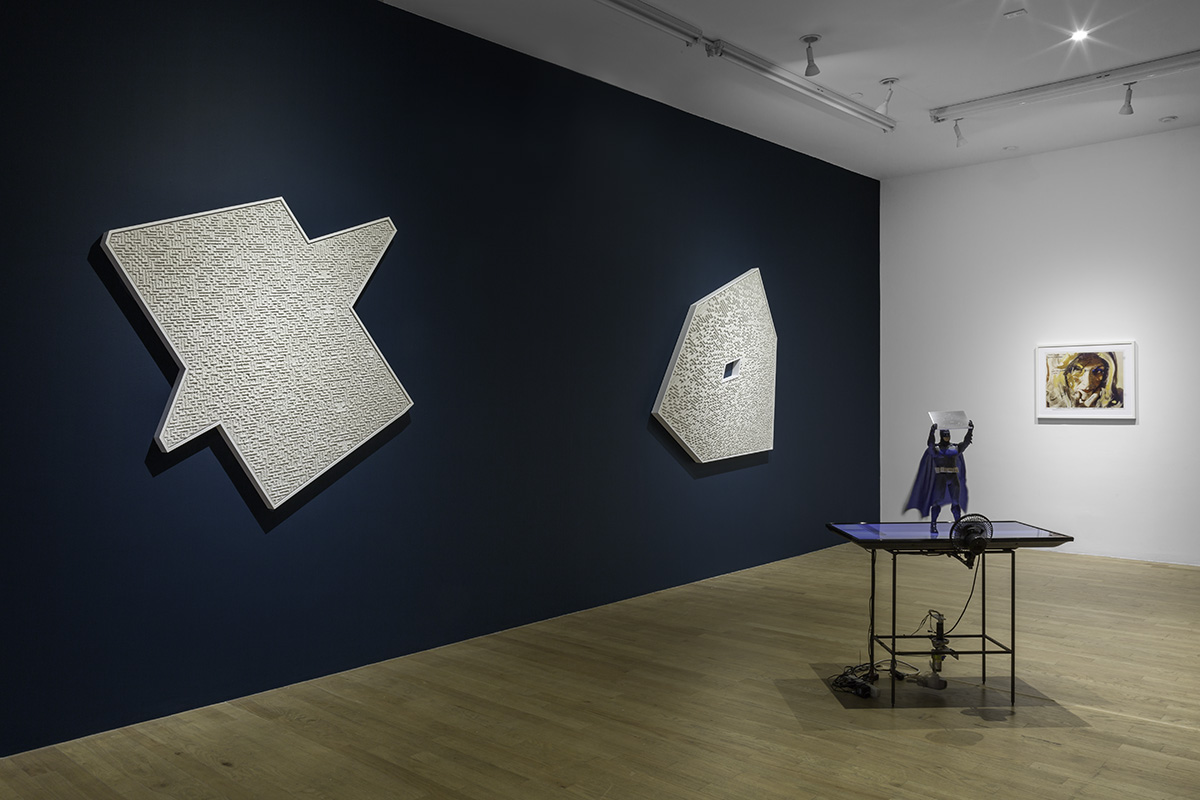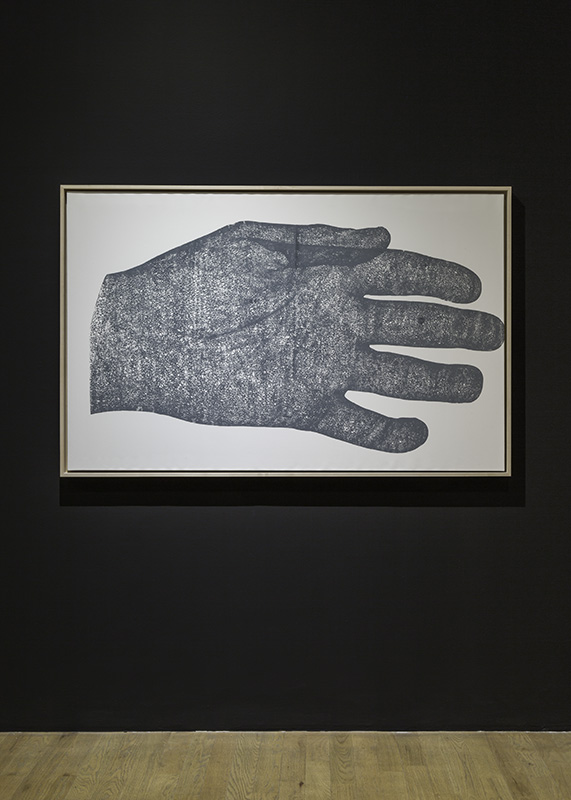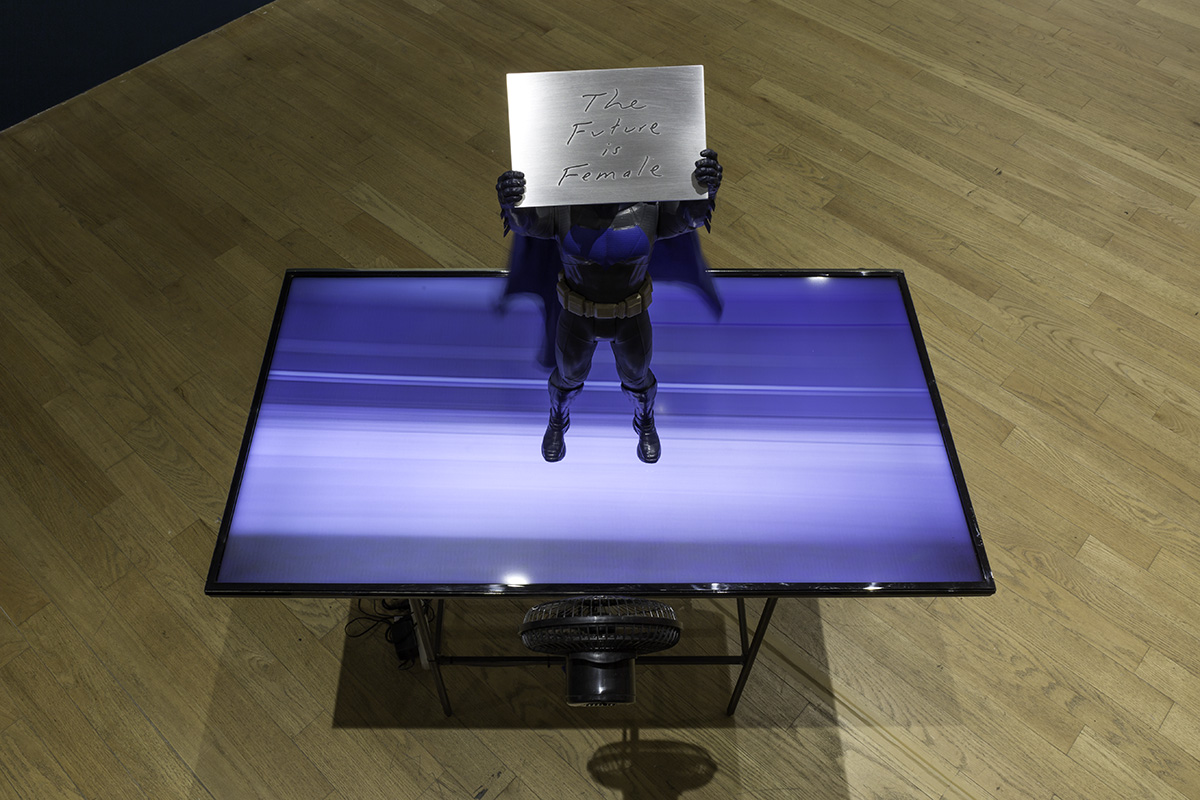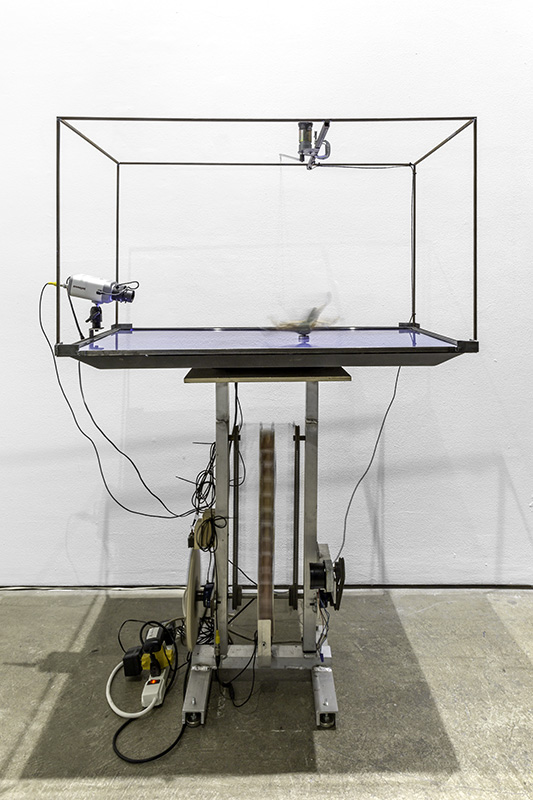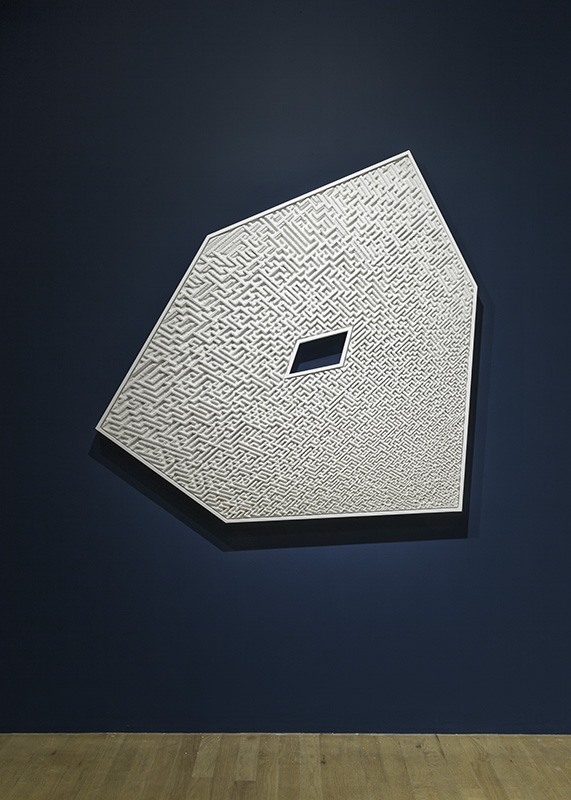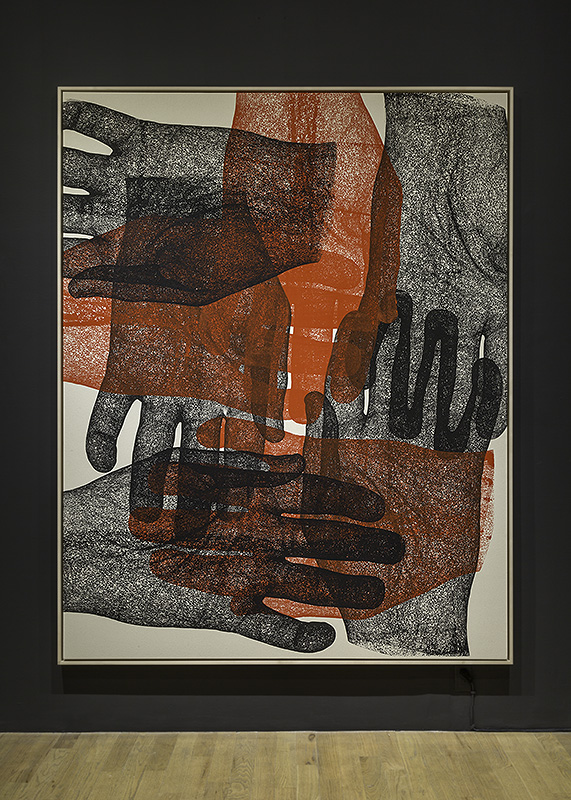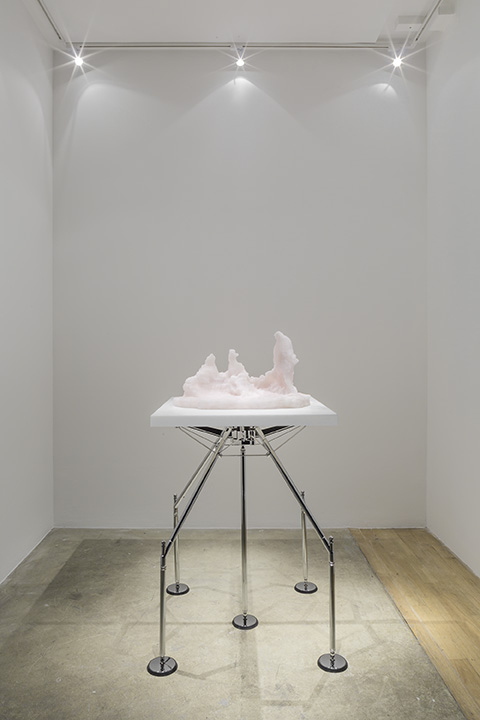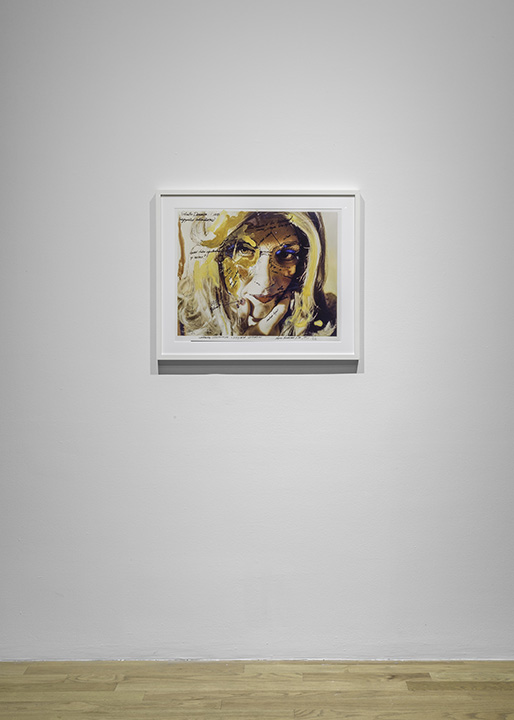IDEAL CONTAGION is curated by David Hunt, and features the work of Barry X Ball, Richard Dupont, Peter Gronquist, Jon Kessler, Ted Lawson, and Lynn Hersman Leeson. As a whole, the exhibition suggests a looming middle future where our current tsunami of data and information—largely blank, implacable and bewildering—is seamlessly internalized by each individual artist as the substrate of their work. Technology is transformed from a passing zeitgeist fetish into something inscribed on, or within, the artist’s own body, etched like algorithmic scrimshaw into the far recesses of his or her own mind. Each artist in the exhibition signifies a modernist categorical academic division, such as landscape, body art, or appropriation—that have yet to percolate and trickle down into traditional digital and techno-art discourse.
IDEAL CONTAGION is on view at bitforms gallery through August 16 at 131 Allen Street New York, NY. photographs courtesy of bitforms gallery, New York and Shark Senesak

